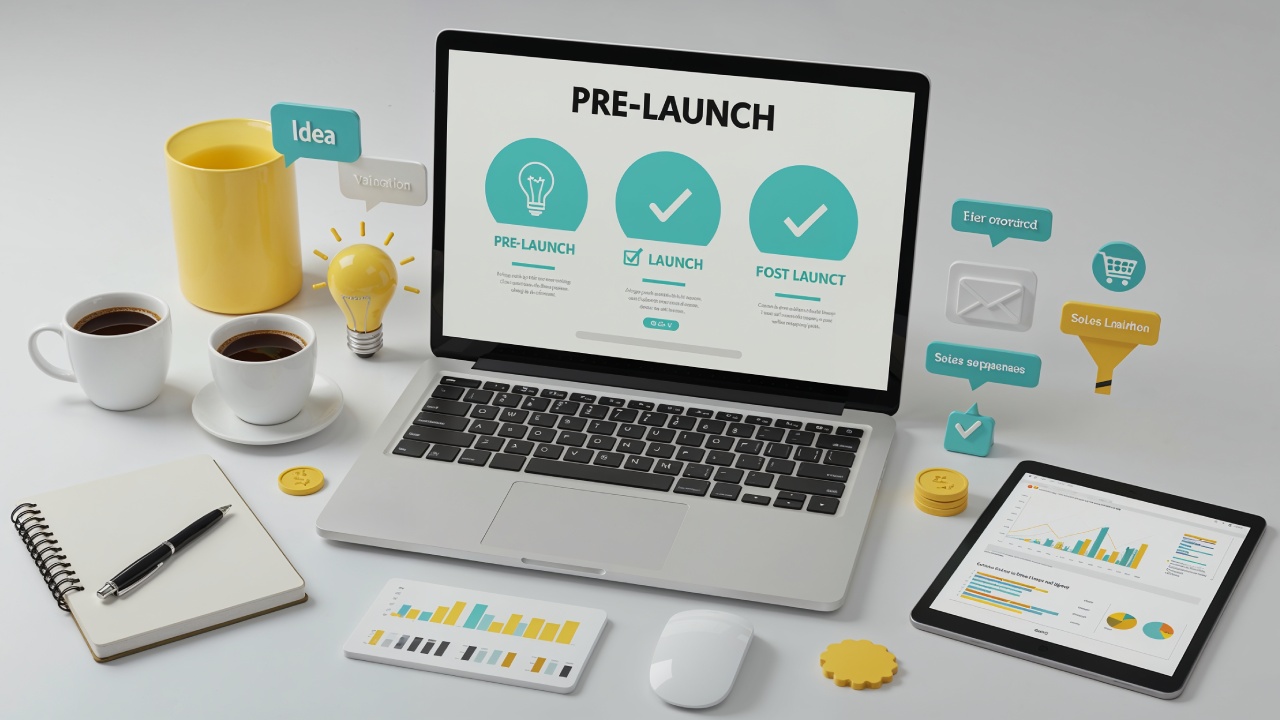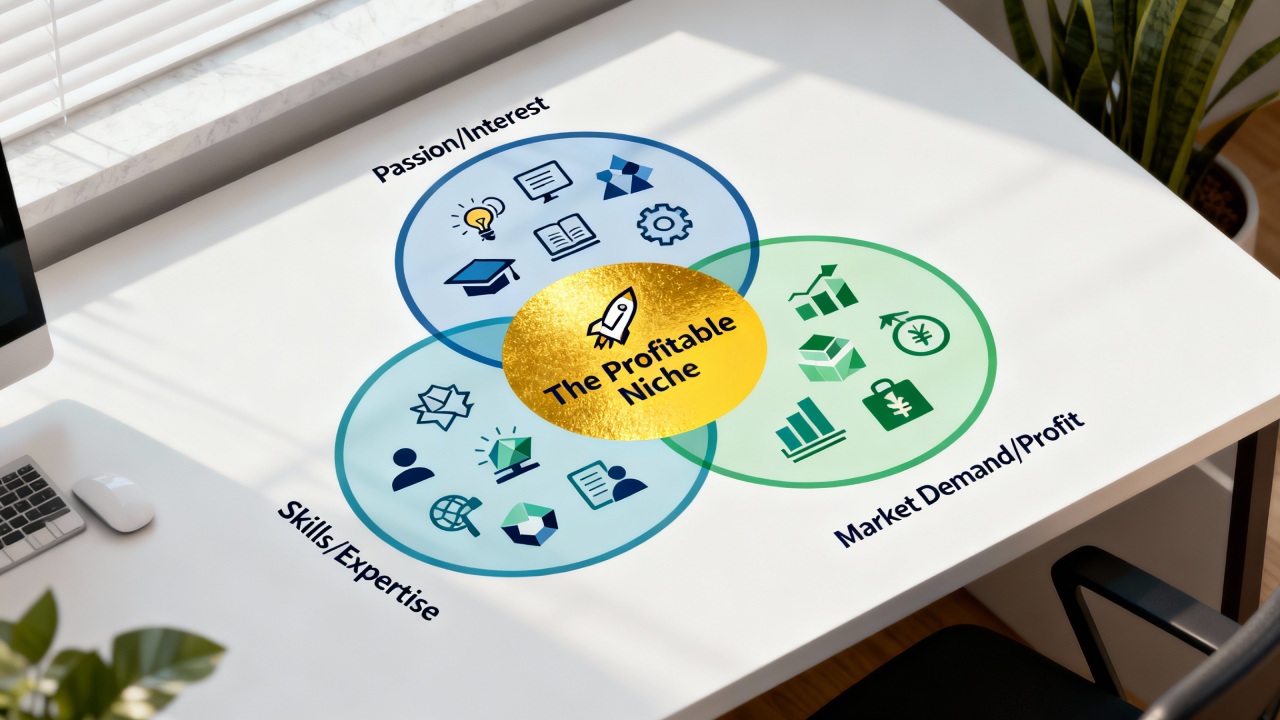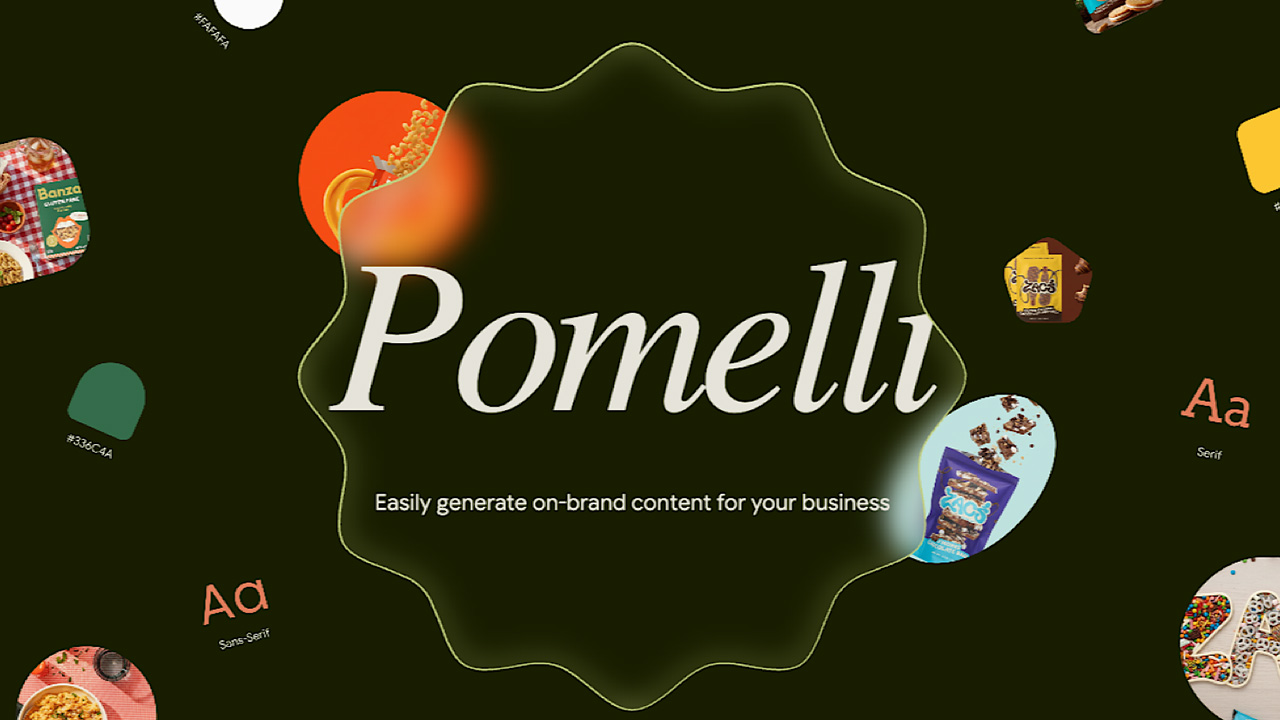Contents
- 1 Why Most Online Courses Fail (And How Yours Can Succeed)
- 2 The Power of the Primary Tangible Result (PTR)
- 3 The Transformation: The Journey Your Course Facilitates
- 4 Stepping Stones: The Proprietary Plan to Guide Your Students
- 5 Why You Don’t Need a Huge Audience to Launch Successfully
- 6 The Danger of Building Only for Your Known Audience
- 7 How to Build a Course That Makes Money from Day One
- 8 The Importance of a Successful Beta Launch
- 9 Why You Don’t Need Complicated Tech to Start
- 10 Recap: Two Key Factors for a Profitable, Scalable Course
- 11 What’s Next? Exploring Long-Term Scaling Strategies
- 12 Take Action: Build Your $100K Funnel
Creating an online course can seem like a dream opportunity—offering huge potential for income, freedom, and impact. But the truth is, many course creators struggle to make their courses profitable and scalable. I know this firsthand. My first few courses were complete flops that earned me nothing. Yet, over the past few years, I’ve refined a formula that has generated over $2 million in course sales. It’s a simple, predictable system that works—and I’m here to share it with you.
This guide will walk you through the key principles and strategies to create an online course that not only sells but scales effortlessly. Whether you have zero audience or a small following, you’ll learn how to build a course that delivers real results, attracts eager buyers, and grows your business sustainably.
Why Most Online Courses Fail (And How Yours Can Succeed)
Many people jump into course creation chasing the upside without a clear plan. They create a course that either doesn’t resonate or fails to deliver tangible value. As a result, they make no money and waste precious time. The key difference between those who succeed and those who don’t boils down to one thing: results.
Happy customers don’t usually tell their friends about your course. But successful customers do. People don’t care about your course itself—they care about the transformation it provides. If you can help your students achieve real, specific results, they’ll become your best marketers, sharing their success stories and bringing in organic sales.
The Power of the Primary Tangible Result (PTR)
Imagine your potential customers standing on one side of a river, wanting to get to the other side where their desired result awaits. The clearer and more tangible you make that result, the more motivated they will be to buy your course.
Saying “this course will improve your life” is vague and unconvincing. But if you say, “this course will help you get promoted at your job within 2-3 months,” suddenly the outcome is crystal clear. This specific, measurable promise is what I call the Primary Tangible Result (PTR). Your entire course should be designed to deliver this PTR.
The Transformation: The Journey Your Course Facilitates
Getting from where your customers are now to their PTR is a journey—a transformation. People don’t just buy your course for the promise; they want to know how it will take them from their current situation to that desired outcome.
You need to clearly articulate this transformation. Help your audience understand exactly where they are now, and paint a vivid picture of who they will be after completing your course. This emotional connection is what drives purchases.
Stepping Stones: The Proprietary Plan to Guide Your Students
How do you help your customers cross that river? By providing clear, simple stepping stones—key milestones or steps they will take inside your course to reach their goal.
I recommend using no more than three to five steps, making it easy to explain and easy for students to grasp. This is your Proprietary Plan, a unique framework that differentiates your course from others. When you share this plan during your sales presentation, it builds confidence in your ability to deliver the promised results.
Giving these components unique names—like Primary Tangible Result, Proprietary Plan, and Transformation—adds originality and makes your course stand out. It also helps your students and prospects understand and remember your process.
Why You Don’t Need a Huge Audience to Launch Successfully
Contrary to popular advice, you don’t need to spend years building a massive audience before launching your course. Many successful businesses start by launching to a small group or even cold leads and then scale from there.
Think about Walmart: nobody buys from Walmart because they know or trust Sam Walton personally. They buy because the product has clear utility, is visible, and is trusted to deliver results. Similarly, you can convert cold leads into paying customers quickly if you have a strategic sales process based on proven sales psychology.
Sure, building an audience through free content can help scale sales over time, but it’s the slowest way to get your first dollars. Instead, focus on creating a compelling offer and selling it directly—even to a tiny audience or cold prospects.
The Danger of Building Only for Your Known Audience
Many course creators make the mistake of creating products that only appeal to their existing audience, relying on the “know, like, and trust” factor to drive sales. While this can generate initial sales, it limits your ability to scale. Once you’ve sold to your existing audience, growth stalls because the broader market doesn’t find your course appealing.
Instead, design your course to have cold traffic appeal. It should clearly demonstrate utility and value to people who don’t already know or trust you. This opens the door to advertising, partnerships, and other marketing strategies that bring in new customers beyond your existing following.
How to Build a Course That Makes Money from Day One
- Tap Into Your Unique Edge: Create a course based on a transformation you have personally experienced. This gives you authenticity and a competitive advantage.
- Define Your PTR and Transformation: Be crystal clear on the specific result your course delivers and the journey students will take.
- Talk to Real People: Understand your target market’s desires, motivations, and obstacles by engaging with them directly. Use their language to communicate your offer.
- Create a Simple Checkout Page: Your checkout doesn’t need to be fancy, but it must look professional and make buying easy.
- Beta Launch Live: Don’t create your entire course before selling it. Launch a live beta version to test demand, gather feedback, and build the best program possible.
Launching live gives you the chance to adapt your course content based on student questions and challenges, which leads to better results and more testimonials. One client, Jane Combs, launched her course live without an audience or pre-created content and sold 42 spots, earning over $8,000—well beyond her initial goals.
The Importance of a Successful Beta Launch
Many people jump too quickly into creating an evergreen sales funnel, hoping for passive income right away. But without first validating your course through a successful beta launch, you risk wasting time and money on a product that doesn’t resonate.
A beta launch is your testing ground. It helps you:
- Confirm that people want your product
- Refine your course content for maximum impact
- Collect testimonials and success stories
- Build momentum for future launches and evergreen funnels
Once you’ve nailed your beta launch, you can confidently create an evergreen funnel that generates consistent, scalable passive income.
Why You Don’t Need Complicated Tech to Start
Many aspiring course creators get overwhelmed thinking they need expensive, complex software setups. This is only true if you’re doing mass marketing to thousands of leads at once.
When you’re just starting with a small audience—say 10, 20, or 50 leads—the best approach is one-on-one marketing. Personalized conversations can yield conversion rates of 10% to 50%, far higher than the typical 1-2% from mass marketing.
Here’s what you really need:
- A way to attract leads (social media, email, referrals)
- A method to have sales conversations (calls, video chats, emails)
- A simple checkout page where customers can buy easily and securely
One of my clients converted three out of ten leads she spoke with one-on-one, while her social media and email marketing converted less than 1%. This highlights how powerful personalized selling is at the start.
Recap: Two Key Factors for a Profitable, Scalable Course
- Cold Traffic Appeal: Your course must clearly show its utility and value to people who don’t already know or trust you.
- Full Buyer Buy-In: Your Proprietary Plan must be clear and compelling so students fully commit, complete the course, get results, and refer others.
When you combine these two elements, you create a course that sells from day one and scales effortlessly over time—even without a large marketing budget.
What’s Next? Exploring Long-Term Scaling Strategies
Once you have a profitable beta launch and a course that delivers results, the next step is to decide how to scale. There are two main schools of thought:
- Live Launching: Run live cohorts periodically to maximize revenue and engagement.
- Evergreen Funnels: Create automated sales funnels that generate passive income continuously.
Each method has pros and cons, and the best choice depends on your goals, lifestyle, and audience. Understanding these options will help you build a sustainable, six-figure (and beyond) course business.
Take Action: Build Your $100K Funnel
If you’re ready to take the leap, now is the perfect time to start building your own $100K funnel. With the right system, you can set up a course that starts making money within three months or less. I believe in your potential to create a life-changing business—and the tools and strategies to get you there are within reach.
Remember, creating a successful online course isn’t about luck or complicated setups. It’s about delivering a clear, tangible transformation, communicating your unique process, and engaging with your audience authentically. Start with these principles, and you’ll be on your way to creating a course that truly sells.








